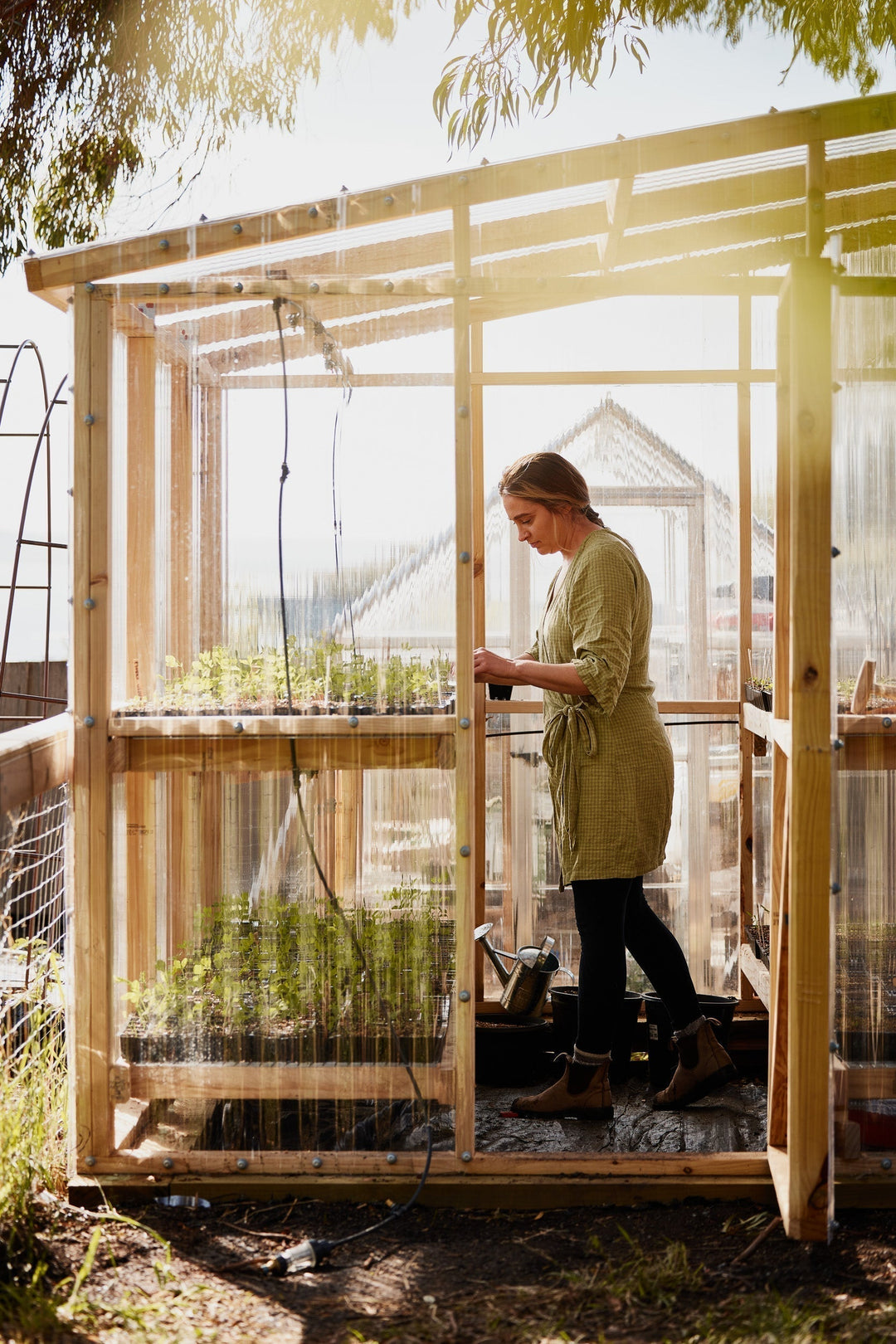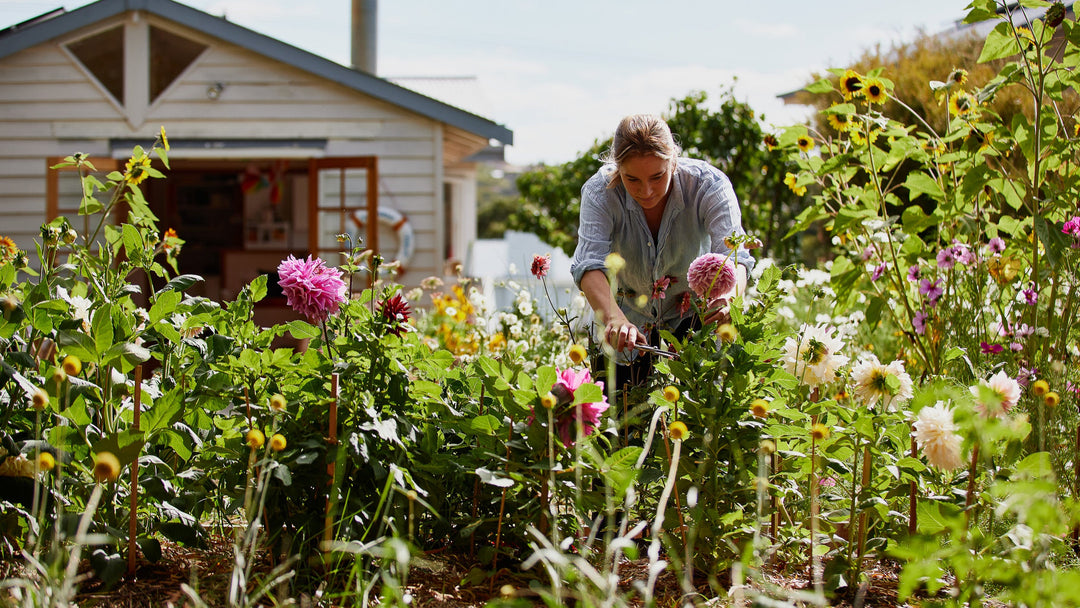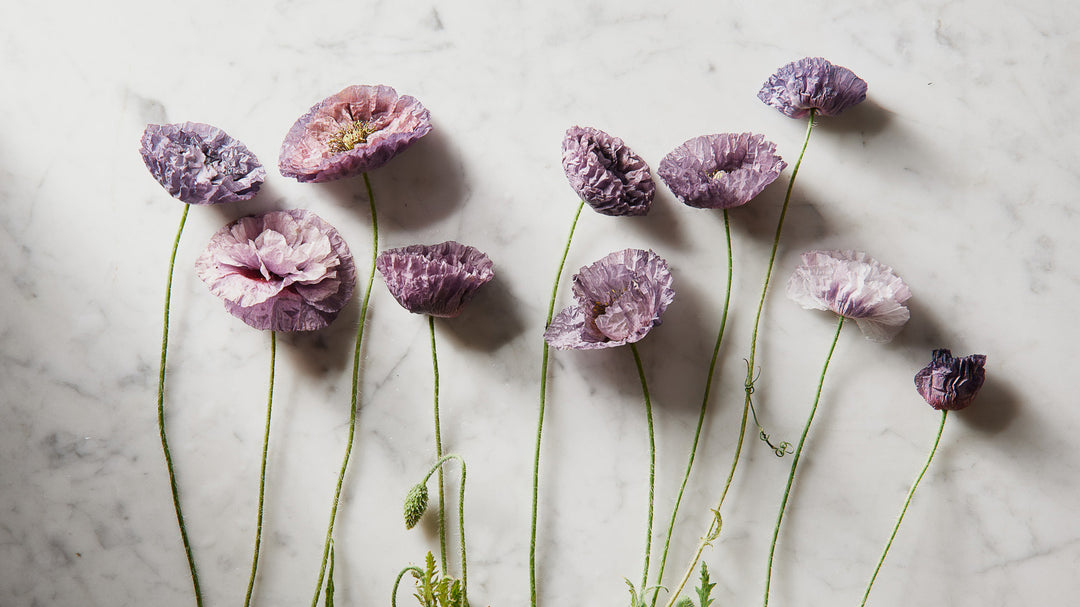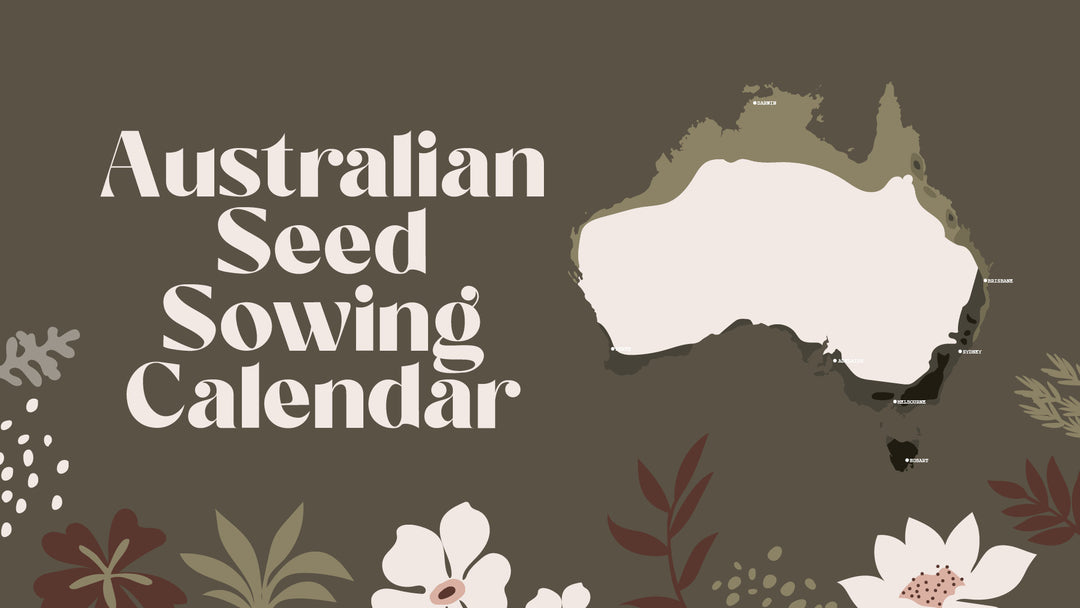Building Soil Health with Mitch Thiessen From The Agrarian Kitchen Garden

Facilitating the building of healthy soil is probably our main job as gardeners, whether we grow food or flowers. The idea being that if we can build our soil health then the rest takes care of itself! So what makes healthy soil? This will differ depending on your climate, environment, soil type and what you’re aiming to grow, but in general we’re aiming for some similar qualities. What are those qualities?
Good chemistry level
Plants need elements to grow and the closer these elements are to their optimal levels, generally the happier they will be. Too little or too much can throw the balance out.
Good soil structure
Good quality growing soil has soil structure that allows air and water to penetrate deep down into the soil strata. It resists compaction and has aggregation that enables movement and provides habitat for soil life.
Good levels of carbon or soil organic matter
Higher levels of carbon allows our soils to hold more water and elements. It also provides more carbohydrates or energy for our soil life.
Diverse and abundant soil biology
Finally, good quality soil has healthy and diverse levels of biology. The more beneficial biology we have in our soils the more nutrients are able to be cycled and the more relationships are formed between plant and soil life. This can lead to increased growth, pest and disease resilience and hopefully nutritionally richer plants.
Once we understand these principals, how do we practically go about building healthy soil?

Our approach to building soil health
My preference is to start with really good quality compost. If made from diverse ingredients it will often provide broad spectrum minerals, high levels of carbon and a diverse array of biology all with the same input! When building our gardens we use high levels initially which gives the soil a big boost to start. This can also be a huge help to soil structure by providing a nice friable medium to plant into, whilst allowing our soil critters to get to work loosening the soil below the compost. If your soil is very tight or heavy we usually will use a broadfork to loosen but not invert the soils before or after adding the compost.
Once we’ve got our nutrient and carbon levels at better levels then it’s up to our plants to really drive the system. The more we can keep our gardens planted with as diverse a range of plants as possible the better. We do this by interplanting our vegetable crops, but this is even easier if you’re planting a diverse flower border! This can be a good opportunity to play with cover crops or green manure. Plants, once given the right range of nutrients, supply the food and habitat to our above and below ground life.
Whilst we prefer to rely on a compost amendment as our main addition to our garden beds, throughout the season we will also apply some foliar or soil sprays to help boost our garden. At planting we like to focus on ‘biological’ sprays such as compost extract, plant extracts or off the shelf products like BioBoost™ or Popul8™. Once the plants are off and away we will then shift to sprays that will provide nutrients as well as stimulate soil life, such as fish hydrolysate, kelp or whey. We prefer our soil amendments (such as compost) to be the main driver of soil health and consider foliar sprays or soil drenches as an extra health boost for our soils and plants.
If we’re removing plants or organic material from our garden beds we need to think of returning material back. For us we top dress with small amounts of compost once or twice a year. I prefer to start with compost as my main amendment when getting started. Once you become more experienced with your space and your plants there are other methods you can explore, such as using plant residues directly or using other organic materials in various ways, such as wood chip mulches, straws or chipped garden waste.
Finally, a healthy garden is one that has pests and diseases. Sometimes we can get caught up in images of perfectly healthy plants without a single blemish. However a sign our garden and soils are healthy are levels of insect or disease activity. Particularly when our plants are getting old and have done their ‘job’ such as fruiting or flowering, the role of insects and diseases is to take out the trash! As your soils get better you should see less disease and pest pressure but throughout a growing season we should always see a flux between the ‘good’ and ‘bad’ bugs as well as higher and lower levels of disease pressure. Use increased pressure as a sign for change and remember we need some of the ‘bad’ to feed the ‘good’.


There’s numerous approaches to building soil health, but ultimately it often boils down to a few things. Minerals, carbon and plants.
Getting nutrient levels right, alongside high levels of carbon will allow plants to grow well. When planted as diversely as possible, the plants will provide for the soil life that drives a healthy system. If we’re removing material from our garden beds we need to consider how to add back. When we think of garden fertility we often think of fertilisers, but really we need to consider the rest of the system too. Alongside something that adds fertility can we add some other organic matter? Can we add a biological spray or foods that our bacteria, fungi and other critters in our soil like? How can we bring diversity into our beds? Do we mix in a cover crop every year or two? Or can we undersow our plants with other plants from other families?
There’s lots of different ways to keep our soils healthy. Whilst we can’t just copy and paste what works in other gardens, if we can come back to the principals we’ve outlined above, in a way that suits our context, we’ll be on our way to building and maintaining soil health.







